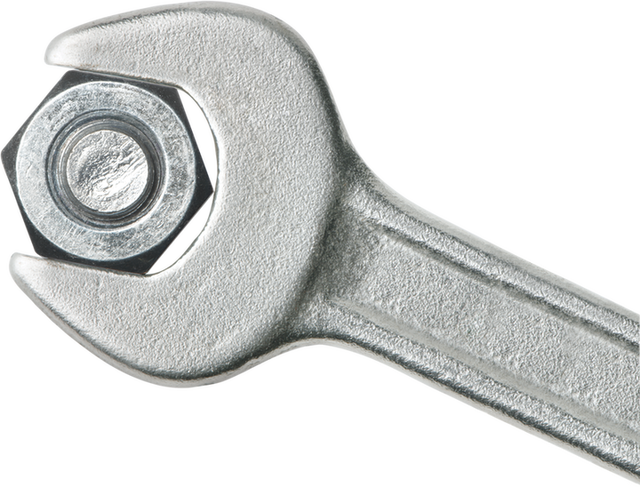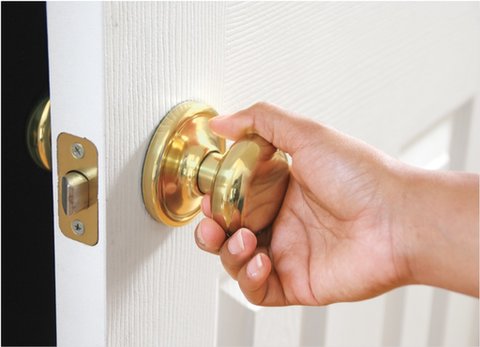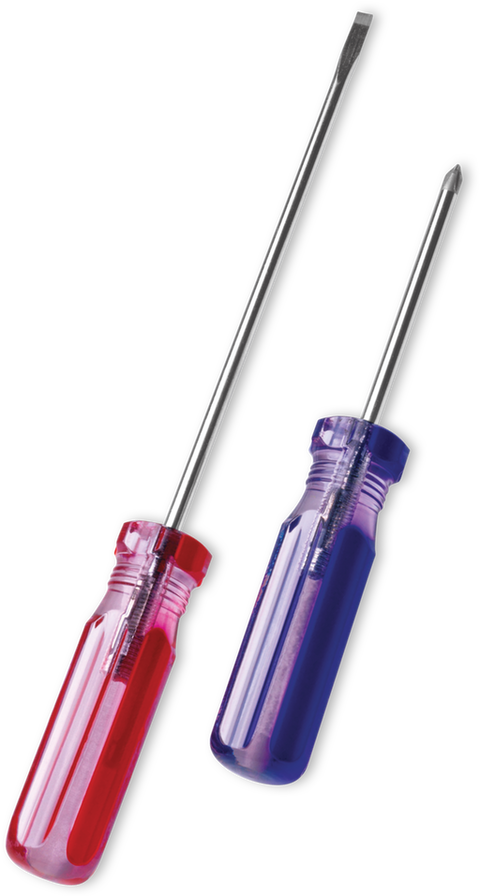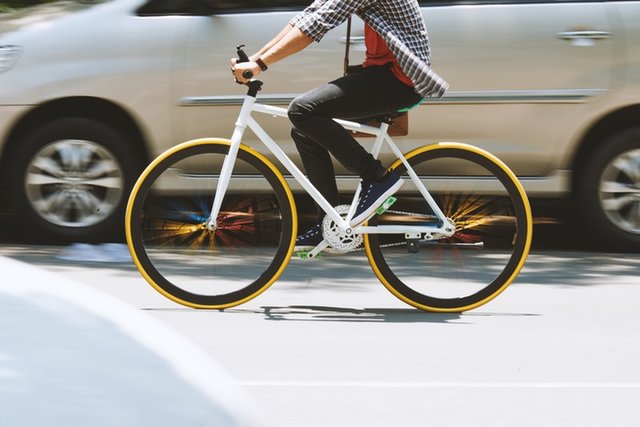WheelsThatDon'tRoll
Here'sanotherexample.Thinkaboutawrench.Thecircleyoumakebypullingonthehandleisthewheel.Theaxleiswheretheheadofthewrenchgrabsabolt.Asmallerforceappliedtothehandlecanmovealargerloadattachedtothe axle.

axle
wheel

axle
wheel
Thesamekindofthinghappenswhenyouturnadoorknob.Theknobisawheelandisconnectedtoarod,whichistheaxle.Whenyouturntheknob,therodpullsonalatchthatmovesoutofthedoorframe.Now,youcanopenthe door.
Withsimplemachines,therearealwaystrade‑offs.Thelargerthewheel,thelessforceyouhavetouse.Butyouhavetousethatforceoveragreaterdistance.So,youtradedistanceforforce.That’snotabad trade!

axle
wheel
WheelsandAxlesCanBeFun
AFerriswheelisoneofthelargestexamplesofawheelandaxle.Itsmotorsuppliestheforcethatturnstheaxle.Theaxlemovesashortdistancebecauseitmakesasmallcircle.Thecarsattheouteredgeofthewheelmovealongerdistancebecausetheymakeabiggercircle.Thatbigcircleletsridersclimbhighintothesky.Whata view!
AFerriswheelisnothingmorethanaHUGEwheeland axle!
GoingAlongfortheRide
Bikeshavemanywheelsandaxles—thewheelsandpedals,forexample.Bikesalsohavetoothedwheelscalledgears.Achainconnectsageararoundthepedalswithoneormoregearsontheback wheel.
Whenyoupedal,thechainturnstherearaxle.So,therearwheelturns,too.Thewheelismuchlargerthantheaxle.So,thewheelturnsfartherandfasterthantheaxle.Sodoesthefrontwheel.Itsortof“goesalongfortheride.”Wheelsandaxlesmakeworkeasier—andmore fun!

Differentkindsofwheelsandaxlesmakethisbike go.

